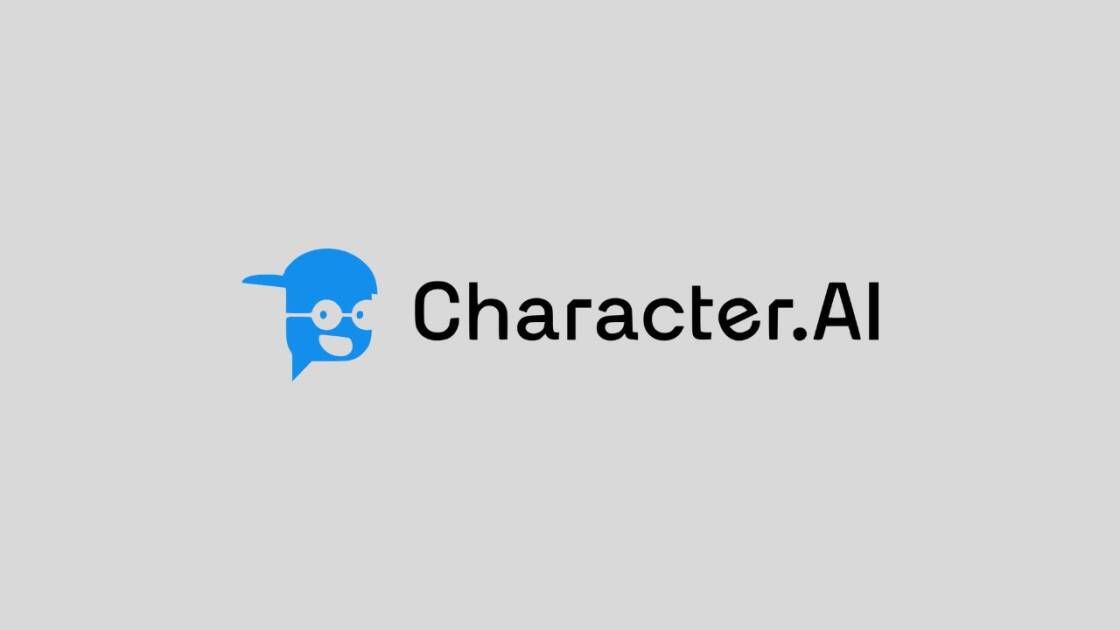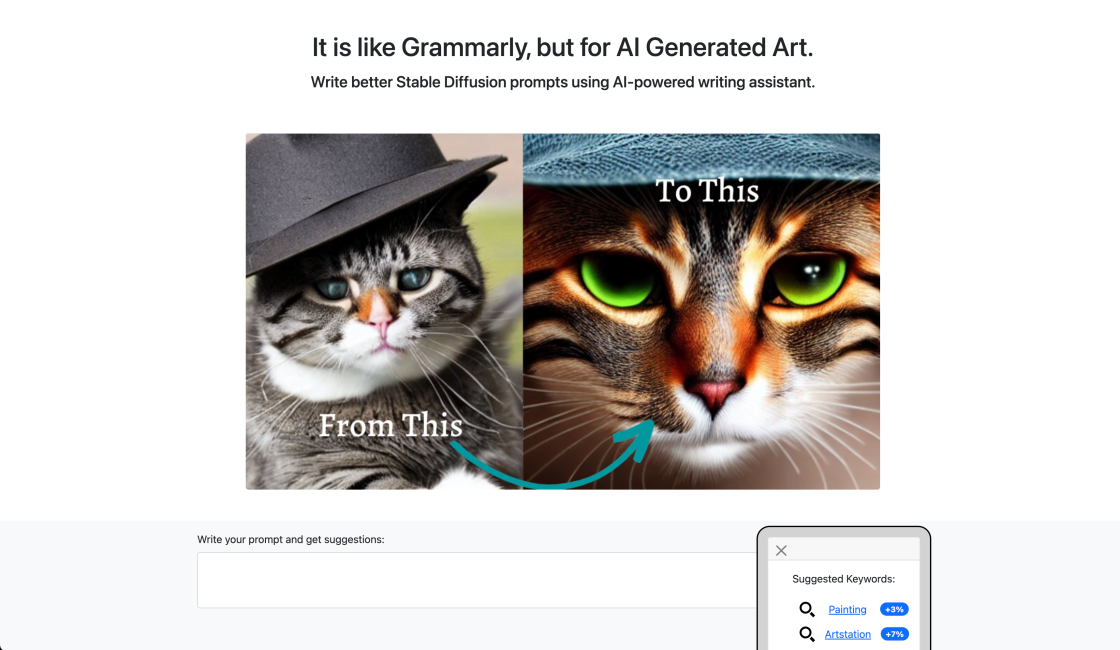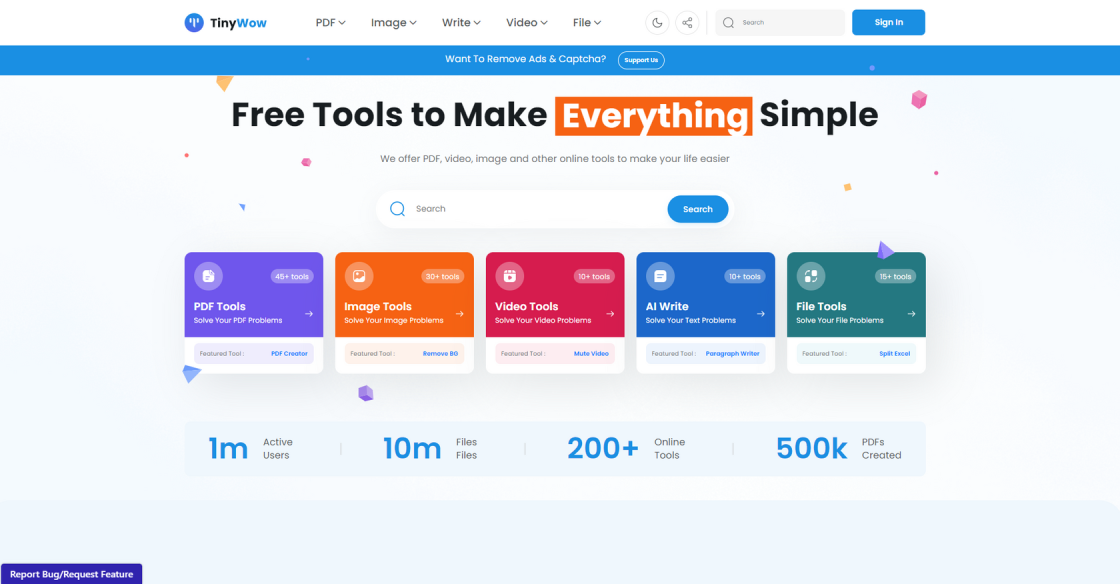

InsightHack is an innovative and AI-powered analytics platform that has revolutionized the way we access and analyze data related to metaverse technologies. With a comprehensive data hub at its core, InsightHack combines natural language processing, automated research, and AI to offer users a highly efficient and accurate means of navigating complex data across various metaverse technologies. This cutting-edge platform is an essential tool for anyone seeking to gain insights into metaverse technologies, and with its advanced features and user-friendly interface, it is quickly becoming the go-to resource for experts in the field.
Kata.ai Chatbot Platform is a powerful tool that allows organizations to leverage the latest advancements in artificial intelligence and natural language processing to create conversational interfaces and automate customer service tasks. With its intuitive design and user-friendly interface, Kata.ai offers a comprehensive solution for businesses looking to enhance their customer engagement and streamline their operations. This platform provides a range of features and functionalities that enable organizations to build and deploy chatbots quickly and easily, making it an ideal choice for companies of all sizes and industries.
Apple has revolutionized the world of technology by introducing natural language processing in its operating systems. With iOS, macOS, watchOS, and tvOS SDKs, Apple has enabled users to interact with their devices in a more intuitive and effective manner. The natural language processing technology allows users to communicate with their devices in a more conversational way, making it easier to perform tasks and access information. This technology has opened up new possibilities for developers to create innovative applications that can understand and respond to human language. The Apple Natural Language processing is an exciting development that is set to transform the way we interact with our devices.
IBM Watson AI Platform is a cutting-edge suite of cloud services designed to revolutionize the way businesses and organizations utilize artificial intelligence. Whether it's in the cloud or on-premises, IBM Watson AI Platform provides a powerful set of tools and capabilities that enable users to develop and deploy AI applications with ease. With its advanced machine learning algorithms and natural language processing capabilities, this platform has quickly become a go-to solution for businesses looking to harness the power of AI to drive innovation and growth.
Google Cloud AI Platform is a cutting-edge cloud-based solution that enables the development and deployment of machine learning models. It offers a wide range of tools and services that allow users to build, train, and deploy models in a scalable and efficient way. With Google Cloud AI Platform, businesses can take advantage of advanced machine learning algorithms, powerful data processing capabilities, and intuitive interfaces to drive innovation, improve decision-making, and enhance their overall performance. Whether you're a data scientist, developer, or IT professional, this platform provides everything you need to create intelligent applications and services that can transform your business.
ModelOp Center is a cutting-edge enterprise AI platform that enables organizations to create, deploy, and manage models on a large scale. It is a state-of-the-art solution designed to meet the needs of businesses looking to improve their data analytics capabilities. With its advanced features, ModelOp Center provides a robust framework for organizations to develop and deploy machine learning models more efficiently. This platform helps organizations overcome the challenges associated with model deployment and management, making it an essential tool for businesses operating in today's data-driven world.

CharacterAI
Personality Insights and Predictive Analytics

Write Stable Diffusion Prompts
How to Write an Awesome Stable Diffusion Prompt

MarioGPT
AI-generated Super Mario Levels

Text To JSX
React – A JavaScript library for building user interfaces

TinyWow
Free AI Writing, PDF, Image, and other Online Tools - TinyWow

WatermarkRemover.io
Watermark Remover - Remove Watermarks Online from Images for Free

Voice.ai
Custom Voice Solutions

Nijijourney
NijiJourney AI for the anime fans. The new niji model is tuned with a fine eye to produce anime and illustrative styles. It has vastly more knowledge of anime, anime styles, and anime aesthetics. It's great at dynamic and action shots, and character-focused compositions in general.
OpenAI's GPT-3 language model is a revolutionary breakthrough in the field of natural language processing. With its advanced deep learning algorithm, this powerful and large-scale language model has been trained on an enormous corpus of text from across the web. The result is an AI system that can generate human-like responses to a wide variety of queries, leading to exciting new possibilities in areas such as chatbots, voice assistants, and machine translations. The GPT-3 model has already been hailed as a game changer in the field of NLP, with many experts predicting that it will transform the way humans interact with machines in the future. In this article, we will explore the features and capabilities of the GPT-3 model, its potential applications, and the challenges it presents. We will also discuss the ethical implications of developing such a powerful AI system and examine the ways in which OpenAI is addressing these concerns.
GPT-3 stands for Generative Pre-trained Transformer 3, which is OpenAI’s latest and most advanced language model.
GPT-3 is trained using a deep learning algorithm on a large corpus of text from around the web.
GPT-3 is one of the largest and most powerful language models available today, with the capacity to generate human-like text and perform a wide range of natural language processing tasks.
GPT-3 has a wide range of applications, including language translation, text summarization, chatbots, question answering systems, and more.
Yes, GPT-3 can understand multiple languages and can be trained on a variety of language datasets.
GPT-3 is capable of generating highly accurate and human-like text, with few errors or inconsistencies.
GPT-3 uses a deep learning algorithm to analyze patterns in large datasets of text, allowing it to generate coherent and contextually relevant responses to a wide range of prompts.
Yes, GPT-3 is available through OpenAI's API, which allows developers to integrate the language model into their own applications.
While GPT-3 is incredibly powerful, some limitations include its inability to understand complex human emotions or reasoning, as well as its tendency to generate biased or inappropriate responses based on the data it was trained on.
Businesses can use GPT-3 to automate various tasks and improve their customer service, allowing them to streamline operations and provide better experiences for their customers.
| Model | Company | Training Data | Number of Parameters | Max Input Length | Max Output Length |
|---|---|---|---|---|---|
| GPT-3 | OpenAI | Web corpus | 175 billion | 2048 | 2048 |
| T5 | Web corpus | 11 billion | 5120 | 5120 | |
| GShard | Web corpus | 600 billion | 65536 | 65536 | |
| GPT-2 | OpenAI | Web corpus | 1.5 billion | 1024 | 1024 |
GPT-3, OpenAI's latest language model, is a game-changer in the field of natural language processing. It's a powerful, large-scale model trained using deep learning algorithms on a massive corpus of text from around the web. Here are some things you should know about GPT-3:
1. What is GPT-3?
GPT-3 stands for Generative Pre-trained Transformer 3, which is an advanced language model developed by OpenAI. It can generate human-like text, answer questions, perform translation tasks, and even write code. The model was released in June 2020 and has since been hailed as a significant breakthrough in the field of artificial intelligence.
2. How does GPT-3 work?
GPT-3 is based on a deep learning architecture called transformers, which is designed to process large amounts of data efficiently. The model is trained on a massive corpus of text from the web, including books, websites, and other sources. The algorithm analyzes the text, learns patterns, and creates a language model that can generate coherent sentences, paragraphs, and even longer texts.
3. What are the applications of GPT-3?
GPT-3 has many potential applications, including language translation, content creation, chatbots, and virtual assistants. It can also be used for automating tasks, such as generating reports or analyzing data. GPT-3 can also be used in the education sector to create personalized learning experiences for students by generating quizzes, exercises, and study materials.
4. What are the limitations of GPT-3?
Despite its capabilities, GPT-3 is not perfect and has some limitations. The model can generate biased or inaccurate content if the training data is biased or incomplete. It also lacks common sense reasoning and may produce nonsensical or irrelevant responses to some queries. Additionally, GPT-3 requires significant computational resources to perform at its best.
In conclusion, GPT-3 is a powerful language model that has the potential to revolutionize the way we interact with machines. Its ability to generate human-like text and perform a wide range of tasks makes it a valuable tool for businesses and individuals alike. However, it's important to be aware of its limitations and use it responsibly to avoid any unintended consequences.
TOP